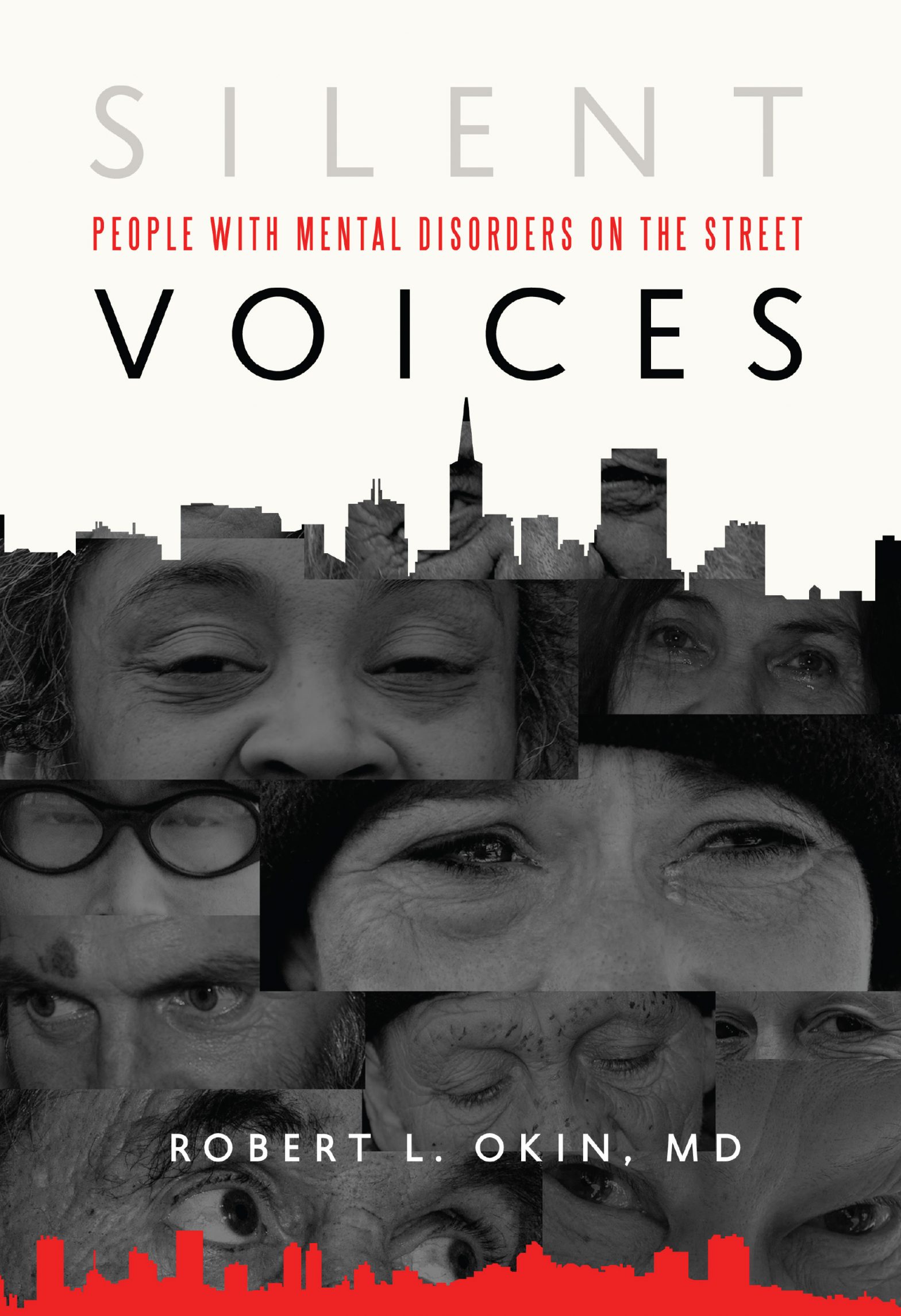Climate Change
Bay Area Governments Study Sea Level Rise, but Few Set Limits on Development
The San Francisco Public Press surveyed 13 Bay Area cities and counties where building projects are planned in waterfront areas vulnerable to sea level rise. While most are studying the issue, few have passed new regulations to limit growth or require developers to floodproof their properties.




